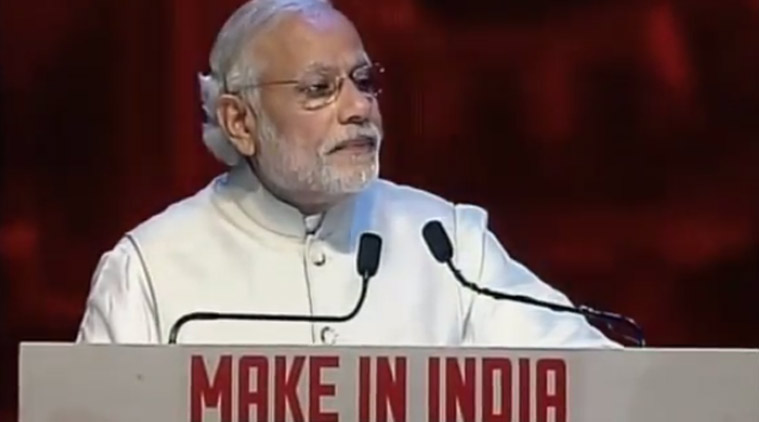
The vision to increase the share of manufacturing in the country’s gross domestic product (GDP) and creating employment may attract Indian and foreign capital as well as technological investment across an array of 25 sectors. Recognising the natural, cultural as well as economic diversity, including inherent advantages of specific regions, the ‘Make in India’ initiative hopes to harness and develop relevant sectors in each state. In the words of the Prime MinisterNarendra Modi , the ‘Make in India’ scheme is aimed at creating a “global manufacturing hub” in India.
In addition to the measures aimed at ease of doing business in India, including relaxations in the foreign direct investment (FDI) norms and banking policy, this programme hopes to see an increased economic activity in high-value industrial sectors through increased foreign collaboration. The aim is to propel India into a global hub of excellence for a wide array of products and services. By way of illustration, as a precursor to this initiative, in mid-2014, India enhanced FDI in the defence sector and allowed FDI in railways infrastructure; as a consequence, defence production, including import substitution for military imports, is finally establishing roots in India.
The ‘Make in India’ initiative has also recognised and sought to mitigate certain inherent tax disadvantages for manufacturers in India. Such disadvantage has been most pronounced in the context of goods not attracting any basic customs duty on imports into India (eg, information technology hardware). With traders eligible for importing personal electronic gadgets at a 4 per cent duty advantage (as compared to a manufacturer importing components for manufacture), manufacturing was never a viable option for this sector. Apart from addressing an “inverted duty structure” for manufacturers in rolling out attractive duty schemes for manufacturers of mobile phones and tablet computers, this initiative, has in a single stroke, incentivised manufacturing. According to reports, apart from the government receiving over Rs1.20 lakh crore ($18 billion) worth of proposals from companies interested in manufacturing electronics in India, between September 2014 and November 2015, this has translated into an enhancement in domestic production of smartphones. It appears that import substitution has come to play and stay in the supply of smartphones in India.
Undeniably, what makes a nation a true economic powerhouse in the long run, is the quality of its manufacturing and services sectors. In this sense, the ‘Make in India’ initiative is important and its success, imperative. While the above policy measures are undoubtedly in the right direction, they need to be supplemented by creation of an overall ecosystem that supports its growth and sustenance. The need of the hour is to harness technology and foster innovation for creating a centre of excellence for manufacturing and services in the identified sectors. In addition to progressive development, through advancement in education including research and development (R&D), supplemented by foreign collaboration; for a sustained technological development, a robust mechanism to protect intellectual property by safeguarding the rights and interests of technology creators and providers is de minimus. Stringent contract enforcement laws with a time bound dispute resolution mechanism shall aid in boosting investor and customer confidence.
The ‘Make in India’ initiative would also require attention on issues such as setting up of effective pricing mechanisms and conditions for repatriation of profits by multinational corporations. On the tax front, replacing a multitude of complex and arguably archaic transaction laws with a simplified and futuristic goods and service tax (GST) regime would surely be a step in the right direction which hopefully the government will achieve in the coming months.
A concern voiced by some quarters has been the ability of India to balance high-end manufacture (which typically involves automation of processes) with creation of jobs for millions of Indians under this initiative.
The question that is often asked is whether China will be the last of the economies to reap the benefits of a manufacturing revolution with India’s effort through this scheme being too little too late? Only time will tell. In the meantime, having opened its economy to the world, India hopes that with the help of ‘Skill India’ and ‘Digital India’ schemes, the nation shall stand transformed into an innovation and manufacturing hub.
The good news is that the government appears to be cognizant of some of these concerns with the Prime Minister recently reemphasizing that under this campaign, the government machinery will be required to make a number of corrections on the policy front.
With the Union Budget proposals round the corner, the manufacturing sector awaits policy changes in the tax and regulatory front to reap the benefits of this initiative. Should the recently concluded week-long
[“Source-indianexpress”]
 Techosta Where Tech Starts From
Techosta Where Tech Starts From